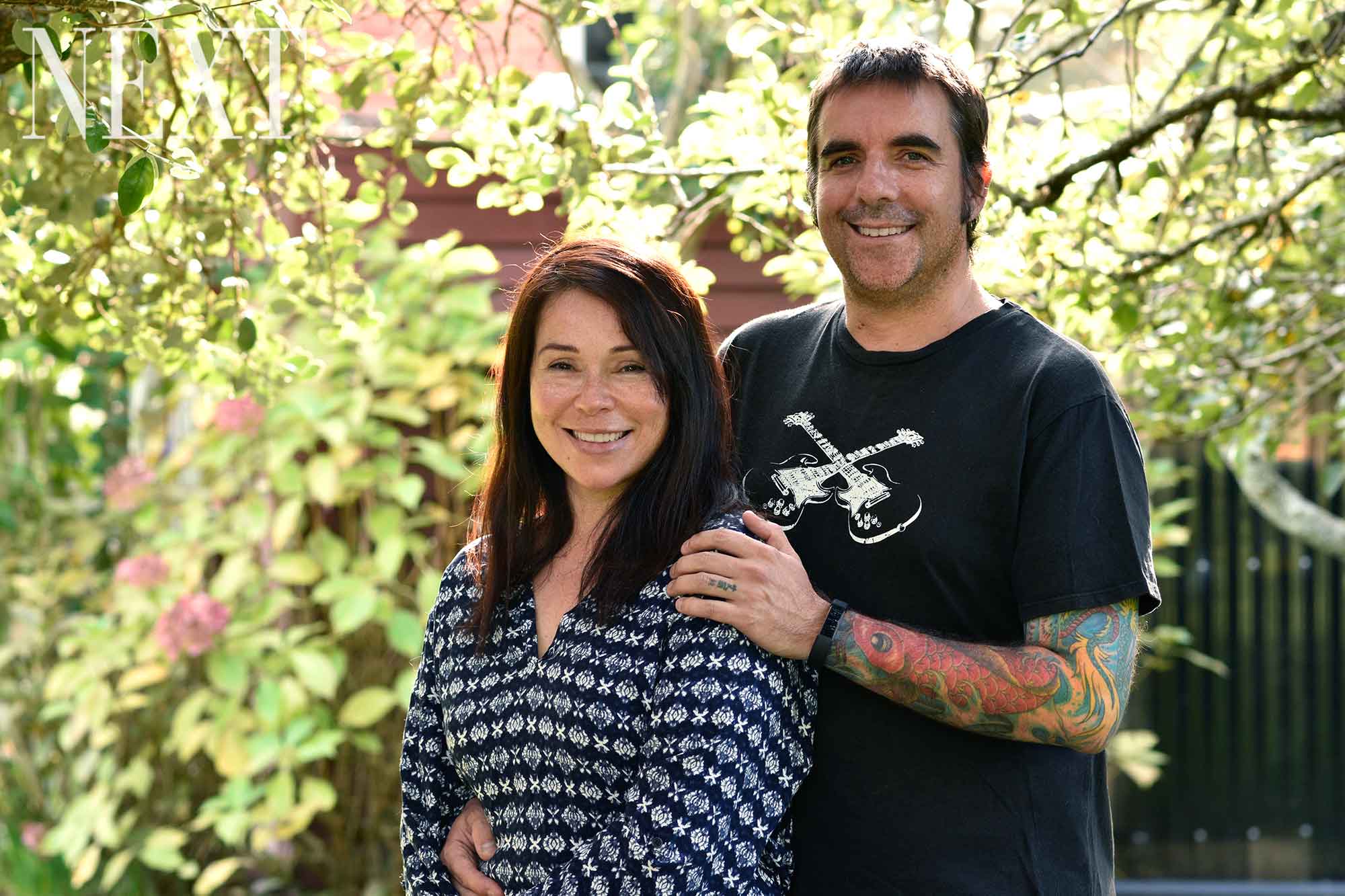Here’s how it usually goes: two people meet, they fall in love, they move in together. They might get married, they might have kids, they might not. Either way, they end up sharing the same bed and arguing about whose turn it is to take out the rubbish.
Say experts, that’s just how humans are hard-wired: we’re social beings with a need to tether ourselves to another person for companionship.
Yet for an increasing number of couples, that’s no longer the case. These couples choose to live in separate houses, separate cities, sometimes even separate countries. It could be because of work, a desire to protect their independence or simply because they want companionship without the drudgery – more romance, fewer dirty socks.
Facebook may not have a relationship status for this particular brand of coupledom, but sociologists do – living apart together (LAT). The term refers to couples who are in a long-term committed relationship but don’t live under the same roof. Global statistics point to a growing trend. In the UK, Birkbeck University of London research suggests some 10 per cent of couples have opted for a LAT arrangement.
Laura Funk, associate professor at the University of Manitoba, found that many women in LAT relationships had no intention of ever moving in with their partners.
“These women valued their independence, and were tired of having to care for everyone,” says Laura.
Her research showed not only did women opting out of cohabitation have less housework to do and more time at their disposal, they found that not living together actually helped their relationship.
“It made the time couples do spend together special, rather than mundane and habitual.”
NEXT met two couples negotiating the LAT lifestyle to see how they do it.
Lisa Scott and Nathan Meikle
When Lisa moved to Oamaru to be closer to partner Nathan, she decided to buy her own house – very close to Nathan’s – instead of moving in with him.

Oamaru residents are used to seeing Lisa Scott wheel a lawn mower from her house to her partner’s home, one street away.
The long-time NEXT columnist bought her new house in September last year, after moving from Dunedin to be closer to partner Nathan Meikle.
“I met Nathan on Tinder, almost by accident, because I’d set the distance on the app incorrectly, so instead of meeting people in Dunedin, I was getting responses from 100km away,” laughs Lisa, 49.
But love blossomed and after 18 months of a long-distance relationship, Lisa landed a communications job in Oamaru.
Nathan, 42, naturally assumed his new partner would move into the house where his four-year-old daughter Ruby spends every second weekend.

“Since meeting, Lisa and I have hardly been apart,” says the self-employed commercial cleaner. “She was pretty much living at my house anyway.”
But Lisa had other ideas.
“I had just come out of a 15-year relationship and was in a grief coma. I felt completely lost, so buying my own home represented security.”
She’d also spent the past few decades “surrendering my independence to other people” (including daughter Sophia, 27, who lives in Perth), and she didn’t want to do it again.
“I love having my own space and the silence and mental space to deal with a full-on job. It’s so nice to be able to lie on the couch and not be answerable to anyone!”
Although Lisa wasn’t looking to buy so close to her fiancé’s house, it just worked out that way.
“It’s actually really handy because we spend most nights together anyway, so a change of clothes is never far away.”
Maintaining different spaces also helps to keep the romance alive: “Nathan will invite me over for dinner, and I’ll dress up and walk to his place. It’s romantic and means we’re still making an effort, rather than falling into lazy habits.”
Both admit the downside is the cost of running two households, with Nathan estimating they could save around $26,000 a year if they moved in together.
“I’ve had my own space for years, travelling overseas,” says Nathan, a keen snowboarder and downhill biker. “I’m at the stage of my life where I want to put down roots. But Lisa’s the opposite – she’s had her fingers burned and wants her own space.”
The couple, who hope to marry next year, say they will eventually meet in the middle.
“We will end up under the same roof at some stage, hopefully in a cabin built by Nathan on the edge of a mountain. For now though, we’re happy being LATs.”
Alice Bell and Shane Kelly
Alice and Shane have been living together for more than a decade. Now they’re seeing if the ‘living apart together’ philosophy works for them.

They’re calling it an experiment – living in different houses after 14 years under the same roof. And although it’s only been a few months, Aucklanders Alice Bell and Shane Kelly say it’s working well.
The couple met in 2004 while working as designers at a publishing company. A year later, Shane, 45, moved into the Mt Roskill home Alice, 50, bought in 2000. They have four cats and are closer than ever.
But a year ago, the couple bought a 59 square metre apartment in the inner city where Shane spends weeknights. At weekends, he returns to Alice’s house.
“There were lots of reasons for doing this but mainly because we’ve got very different ways of living,” says Alice, a freelancer who works from home.
“Shane is a snow-boarding musician who likes to go out, while I’m a homebody who prefers my own company. Plus, Shane’s never had his own space; because I own the house we’ve been living in, he’s surrounded by all my stuff.”
Living in such cramped quarters also left little room for Shane’s guitar collection and recording equipment.
“I used to have to set it up and then unpack it, which is a pain,” he says. “Now it’s set up so I can jump on whenever inspiration strikes.”
Buying the apartment has allowed Shane to finally get on the Auckland property ladder, something he never thought he’d be able to do.
“Neither of us would have been able to afford the apartment on our own, but by going in together, we’ve made it work.”
It’s also cut down his commuting time as he can now walk to work (“That buys me an extra 40 minutes’ sleep each morning!”) and given him room to have mates stay over.
“Before, when friends came to visit, I’d ask Alice if it was okay, because it’s her house. But now they can turn up whenever they like.”
Reactions from family and friends have been interesting, they say, including those who think they’re splitting up.
“A woman at work said she was really sorry when I told her I’d bought a flat, because she assumed my relationship was over,” admits Shane. “I even had to reassure my mother that we were still together.”
There are downsides, of course. The cost of maintaining two homes and the fact that after 14 years of co-habitation, going home to an empty house feels strange.
“Because we work in the same industry, we understand what the other is talking about,” says Shane. “But now I get home to a dark, empty house, which is a bit of a shock to the system. There’s also no-one around to lift your spirits if you’ve had a bad day.
“But it’s just an experiment, and if it doesn’t work out, then we’ll rent out the apartment and move back in together,” adds Alice.


